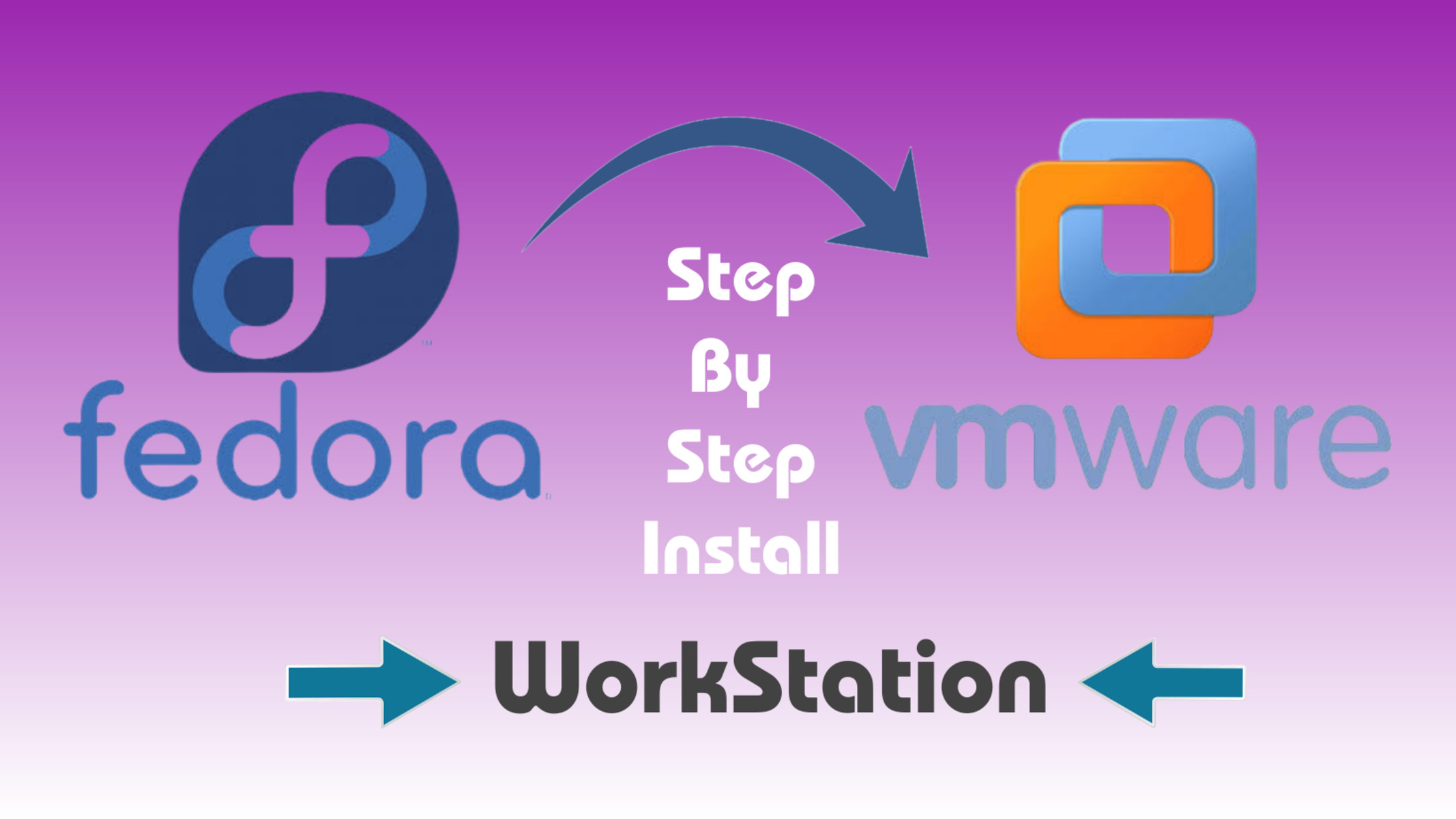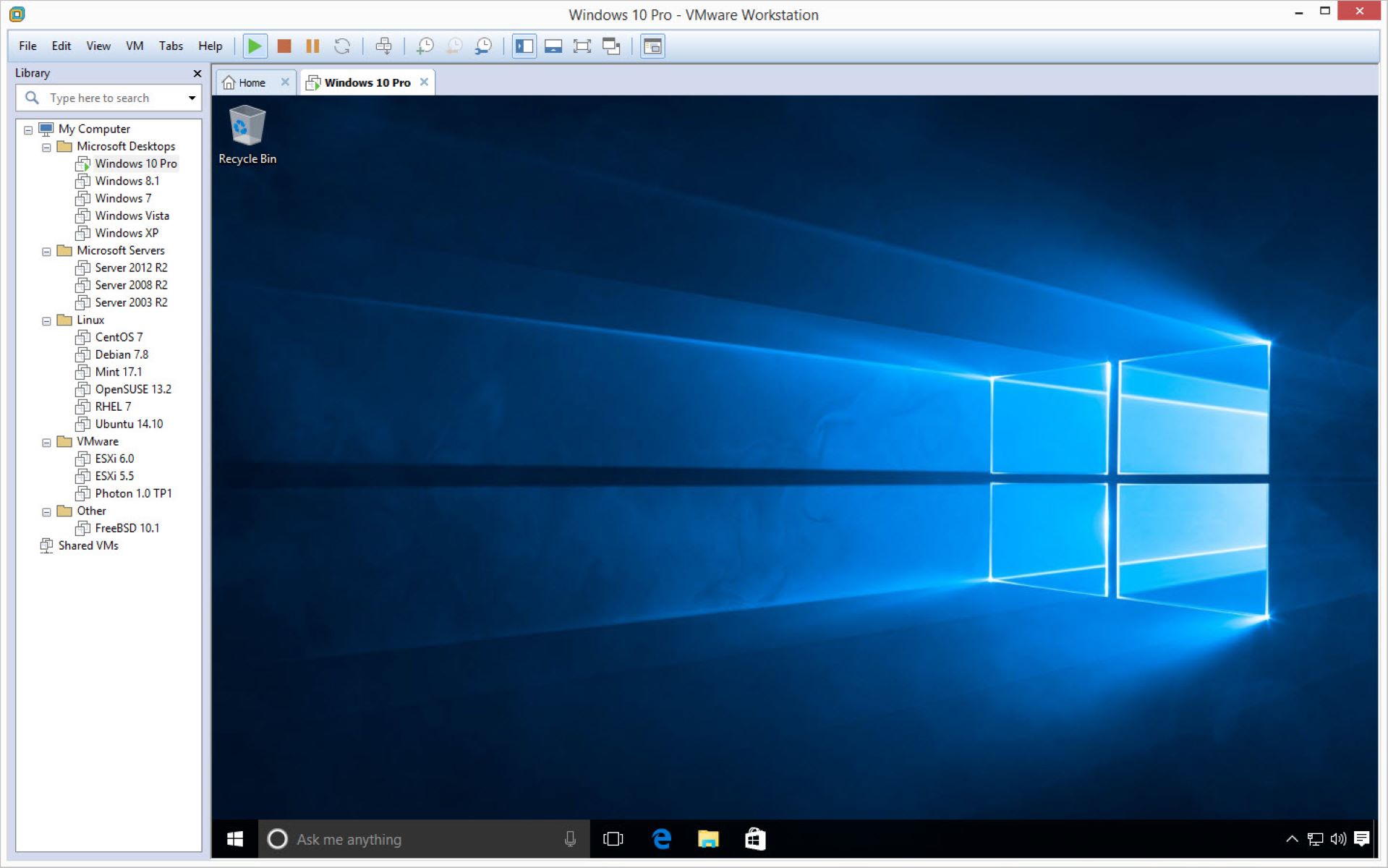Introduction
Welcome to the world of remote desktop! In today’s fast-paced digital landscape, the ability to access your workstation or computer from anywhere in the world is becoming increasingly important. Fedora Workstation, a popular Linux-based operating system, offers a reliable and user-friendly environment for remote desktop connections.
Remote desktop functionality allows users to connect to their Fedora Workstation from another device, such as a Windows PC, macOS machine, or even another Linux system. This opens up a world of possibilities, enabling users to access files, programs, and resources on their Fedora Workstation from virtually anywhere.
Whether you need to work on a project while traveling, provide remote support to a colleague, or simply access your data and applications from another room in your house, remote desktop connections in Fedora Workstation have got you covered.
In this article, we will delve into the intricacies of setting up a remote desktop environment in Fedora Workstation, explore the limitations and considerations, and provide step-by-step instructions for establishing remote desktop connections from different operating systems.
So, if you’re ready to unlock the power of remote desktop in Fedora Workstation, let’s dive in and get started!
Setting up a Remote Desktop Environment in Fedora
Before we can start establishing remote desktop connections in Fedora Workstation, we need to ensure that the necessary requirements are met and the environment is properly configured. Follow these steps to set up a remote desktop environment:
- Enable remote desktop: Launch the Settings application in Fedora Workstation and navigate to the Sharing section. Here, you’ll find the option to enable remote desktop. Toggle the switch to enable it. You’ll also have the ability to set a password for remote access to your workstation.
- Configure firewall settings: To ensure that remote desktop connections are allowed through the firewall, you’ll need to configure the firewall settings. Open the Terminal application and enter the following command:
sudo firewall-cmd --add-service=vnc-server --permanent. Once the command executes successfully, reload the firewall using the command:sudo firewall-cmd --reload. - Install a VNC server: Fedora Workstation uses the Virtual Network Computing (VNC) protocol for remote desktop connections. To install a VNC server, open the Terminal and enter the command:
sudo dnf install tigervnc-server. Once the installation is complete, start the VNC server using the command:vncserver. - Connect to the VNC server: Now that the VNC server is running, you can connect to it using a VNC client application. For Windows users, popular VNC client options include RealVNC and TightVNC. macOS users can utilize the built-in Screen Sharing app, while Linux users can try Remmina or Vinagre.
By following these steps, you should have a fully functional remote desktop environment set up in Fedora Workstation. You’ll be ready to establish connections from various operating systems and enjoy seamless remote access to your workstation’s resources.
Now that we have the remote desktop environment configured, it’s important to understand its limitations and considerations before connecting from different operating systems.
Understanding the Limitations of Remote Desktop in Fedora
While remote desktop in Fedora Workstation provides great convenience, it’s important to be aware of its limitations and considerations. Here are a few key factors to keep in mind:
- Performance: The performance of your remote desktop connection can be affected by various factors, including the speed and stability of your internet connection. If you have a slow or unstable connection, you may experience lag or delays when using remote desktop.
- Graphics and multimedia: Remote desktop connections prioritize functionality over graphical and multimedia performance. This means that you may experience reduced quality when streaming videos or viewing graphics-intense content through a remote connection.
- Multiple simultaneous connections: Fedora Workstation allows for a limited number of simultaneous remote desktop connections. Depending on the version you’re using, the maximum number of connections may vary. It’s essential to check the documentation or consult the Fedora community to understand the specific limitations of your setup.
- Security: Remote desktop connections involve transmitting data over a network, making security a crucial consideration. Ensure that you have a strong password set for remote desktop access and consider using a Virtual Private Network (VPN) for added security when connecting remotely. Additionally, keep your Fedora Workstation up to date with security patches to mitigate vulnerabilities.
By understanding these limitations, you can set realistic expectations for your remote desktop experience in Fedora Workstation. If you encounter any issues or performance concerns, troubleshooting techniques can help resolve them.
Next, we will explore the steps to establish remote desktop connections from different operating systems to your Fedora Workstation.
Remote Desktop Connections from Windows to Fedora
If you’re using a Windows operating system and want to establish a remote desktop connection to your Fedora Workstation, follow these steps:
- Install a VNC client: To connect to the VNC server running on your Fedora Workstation, you’ll need to install a VNC client on your Windows machine. Options like RealVNC and TightVNC are popular choices. Download and install the VNC client of your choice.
- Launch the VNC client: Once the VNC client is installed, launch the application on your Windows machine.
- Enter the Fedora Workstation’s IP address: In the VNC client, you’ll be prompted to enter the IP address or hostname of your Fedora Workstation. If you don’t know the IP address, you can find it by running the
ifconfigcommand in the Terminal on Fedora Workstation. - Enter the VNC server password: After entering the IP address, you’ll be prompted to enter the password you set for the VNC server on Fedora Workstation. Enter the password and click on the connect button.
- Establish the remote desktop connection: Once the authentication is successful, the VNC client will establish a connection to your Fedora Workstation. You should now have full control over your Fedora desktop, allowing you to access files and applications remotely.
With these steps, you can easily connect to your Fedora Workstation from a Windows machine using a VNC client. The process is relatively straightforward and can provide you with the convenience of accessing your Fedora Workstation from anywhere.
Next, let’s explore the steps to establish remote desktop connections from a macOS machine to Fedora Workstation.
Remote Desktop Connections from macOS to Fedora
If you’re using a macOS machine and want to establish a remote desktop connection to your Fedora Workstation, follow these steps:
- Open the Screen Sharing application: macOS comes with a built-in Screen Sharing application that allows you to connect to remote desktops. Open the application by searching for it in Spotlight or navigating to Applications > Utilities > Screen Sharing.
- Enter the Fedora Workstation’s IP address: In the Screen Sharing application, enter the IP address or hostname of your Fedora Workstation. If you’re not sure about the IP address, you can find it by running the
ifconfigcommand in the Terminal on Fedora Workstation. - Authenticate and connect: After entering the IP address, you’ll be prompted to authenticate yourself. Enter the username and password associated with your Fedora Workstation account, then click on the Connect button.
- Establish the remote desktop connection: Upon successful authentication, the Screen Sharing application will establish a connection to your Fedora Workstation. You’ll now have complete control over your Fedora desktop, including the ability to access files, run applications, and perform tasks remotely.
By following these steps, you can easily establish a remote desktop connection from your macOS machine to your Fedora Workstation. The built-in Screen Sharing application makes it convenient to connect and control your Fedora desktop without the need for installing additional software.
Next, let’s explore the steps to establish remote desktop connections from a Linux machine to Fedora Workstation.
Remote Desktop Connections from Linux to Fedora
If you’re using a Linux machine and want to establish a remote desktop connection to your Fedora Workstation, follow these steps:
- Install a VNC client: To connect to the VNC server running on your Fedora Workstation, you’ll need to install a VNC client on your Linux machine. Popular options include Remmina and Vinagre. Use your package manager to search for and install the VNC client of your choice.
- Launch the VNC client: Once the VNC client is installed, launch the application on your Linux machine.
- Enter the Fedora Workstation’s IP address: In the VNC client, you’ll be prompted to enter the IP address or hostname of your Fedora Workstation. To find the IP address, you can run the
ifconfigcommand in the Terminal on your Fedora Workstation. - Enter the VNC server password: After entering the IP address, you’ll be prompted to enter the password you set for the VNC server on Fedora Workstation. Enter the password and click on the connect button.
- Establish the remote desktop connection: Once the authentication is successful, the VNC client will establish a connection to your Fedora Workstation. You should now have full control over your Fedora desktop, allowing you to access files and applications remotely.
By following these steps, you can easily establish a remote desktop connection from your Linux machine to your Fedora Workstation using a VNC client. This allows you to access your Fedora desktop from a Linux environment and leverage the flexibility and power of remote desktop connections.
Now that we have explored the steps for establishing remote desktop connections from different operating systems, let’s dive into troubleshooting common remote desktop connection issues in Fedora Workstation.
Troubleshooting Remote Desktop Connection Issues in Fedora
While setting up remote desktop connections in Fedora Workstation is generally straightforward, you may encounter some common issues along the way. Here are a few troubleshooting steps to help resolve remote desktop connection problems:
- Check firewall settings: Ensure that your firewall is properly configured to allow incoming connections on the VNC server port (default port 5900). Double-check that you’ve followed the steps to add the VNC server service to the firewall rules.
- Verify network connectivity: Make sure that both your local machine and Fedora Workstation have a stable internet connection. If you’re using a VPN, ensure that it’s connected properly and not blocking the VNC server connection.
- Confirm VNC server is running: Check that the VNC server is running on your Fedora Workstation. Open the Terminal and run the command
vncserver -listto see if any sessions are active. If not, start the VNC server using thevncservercommand. - Check VNC server password: Verify that you’ve entered the correct password for the VNC server during the remote desktop connection setup. Typos or incorrect passwords can prevent successful authentication.
- Ensure VNC client compatibility: Confirm that the VNC client you’re using is compatible with Fedora Workstation’s VNC server. Different VNC clients may have varying levels of compatibility and features.
- Update VNC client software: If you’re experiencing issues with the VNC client, consider updating it to the latest version. Software updates often include bug fixes and improvements that can help resolve connectivity problems.
- Restart VNC server and client: Sometimes, restarting both the VNC server on Fedora Workstation and the VNC client on your local machine can resolve connection issues. Restarting can help refresh the connection and clear any temporary glitches.
By following these troubleshooting steps, you can overcome common remote desktop connectivity issues in Fedora Workstation. If you continue to experience problems, it’s recommended to seek assistance from the Fedora community or consult relevant documentation for further guidance.
Now that we’ve covered troubleshooting, let’s summarize the key points we’ve discussed in this article about remote desktop connections in Fedora Workstation.
Conclusion
Remote desktop connections in Fedora Workstation provide a convenient way to access your workstation or computer from anywhere in the world. Whether you’re using a Windows PC, macOS machine, or Linux system, you can easily establish a remote desktop connection to your Fedora Workstation by following a few simple steps.
In this article, we explored the process of setting up a remote desktop environment in Fedora Workstation, including enabling remote desktop, configuring firewall settings, and installing a VNC server. We also discussed the limitations and considerations of remote desktop in Fedora, such as performance, graphics, and security.
We then provided step-by-step instructions for establishing remote desktop connections from Windows, macOS, and Linux machines to Fedora Workstation. By following these steps, you can gain remote access to your Fedora desktop, allowing you to work, collaborate, and access files from anywhere.
In addition, we covered troubleshooting techniques for common remote desktop connection issues in Fedora Workstation. By checking firewall settings, verifying network connectivity, and ensuring the VNC server is running, you can overcome connectivity problems and enjoy a seamless remote desktop experience.
Remember, remote desktop connections provide flexibility and convenience but may not offer the same performance as a local workstation. It’s important to manage expectations accordingly and consider factors like network stability and security to ensure a smooth remote desktop experience.
So, whether you’re a digital nomad, a remote worker, or simply need to access your Fedora Workstation from another location, remote desktop connections in Fedora Workstation can be a valuable tool. Explore the possibilities and unlock the power of remote access with Fedora Workstation!

























